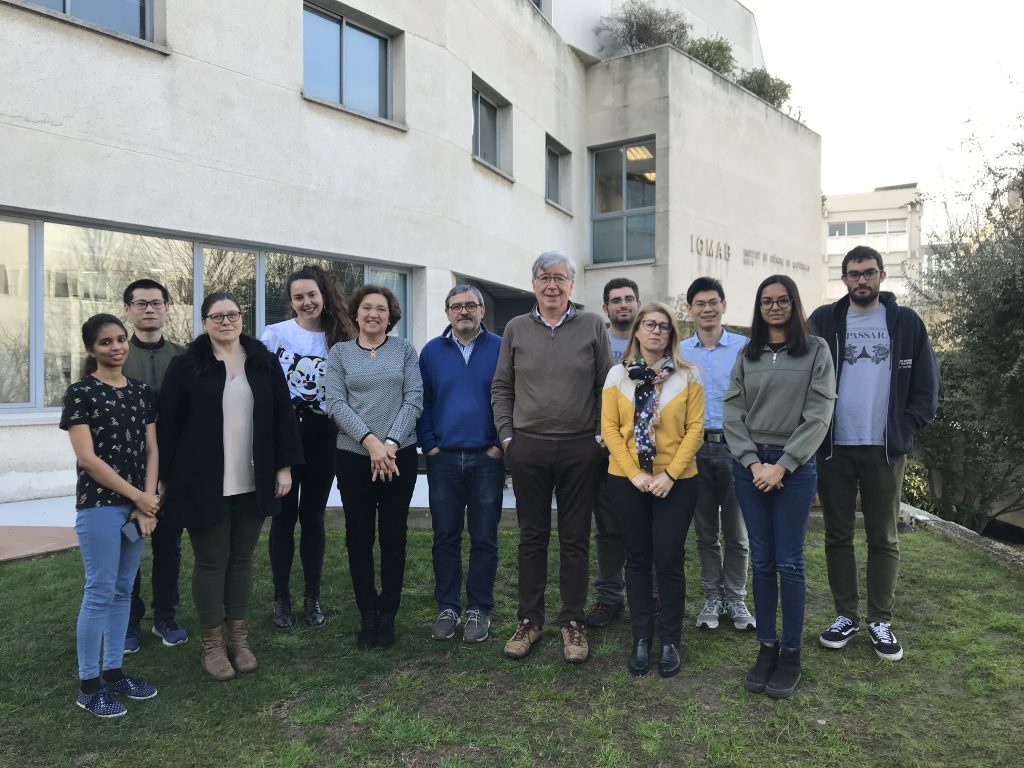
The focus of our scientific activity is in the chemistry of boron clusters. Its geometric forms and the fact that they are made of a semi-metal, Boron, give them unique properties largely unexplored. Today, the chemistry of boron clusters, has achieved a sufficient degree of maturity that has led to new clusters. However, much emphasis has been given on finding new structures rather than on improving protocols of syntheses, the latter a necessary step in order to study their applications. So much emphasis has been given on generating new clusters that substitution reactions are in many cases in their infancy; for example, in generating bonds like B-C, B-P, or B-N, among others.
One reason was that it was incorrectly assumed that the coupling reactions to generate B-C bonds would be similar to those described in organic chemistry for C-C links. And this has not been the case. The challenge for the development of these B-X bonds is a synthetic aspect that appeals me greatly. But I am also seduced by the electrochemical properties of boranes, in particular metallacarboranes. Many metallacarboranes are hydrophobic anionic species whose charge must be compensated by cations that may have special properties, such as photosensitizers. The combination of these ingredients should allow the creation of functional materials.
Work with platforms from which the metallacarboranes, or a mixture of them, hang in a regioselective way may mimic the natural electron-transfer chains. We have shown that a sequential substitution of BH by B-Cl or B-Br in metallacarboranes, produces a monotonic change of redox potential, a point never before demonstrated. The metallacarboranes generate hydrogen and dihydrogen bonds, important for inducing self-assembling, an effective way of generating large structures.
We are studying the properties of metallacarboranes to develop potentiometric sensors, to generate non-conventional surfactants, new homogeneous catalysts, for the production of ionic liquids, for waste management, hydrogen storage, for drug delivery, and for the generation of hydrogen from water, among other applications. All are highly contemporary issues in which I have absolute confidence that the chemistry of boron clusters will contribute to produce magnified or unknown properties today, and in any case complementary to those obtained with the chemistry of carbon. [/one_half]
Prof F. Teixidor
